„SUMER pieces“: Howtokillagraffiti shows new subject graffpaintings
Urban Spree Gallery, Berlin, 1.06. until 13.07.2024
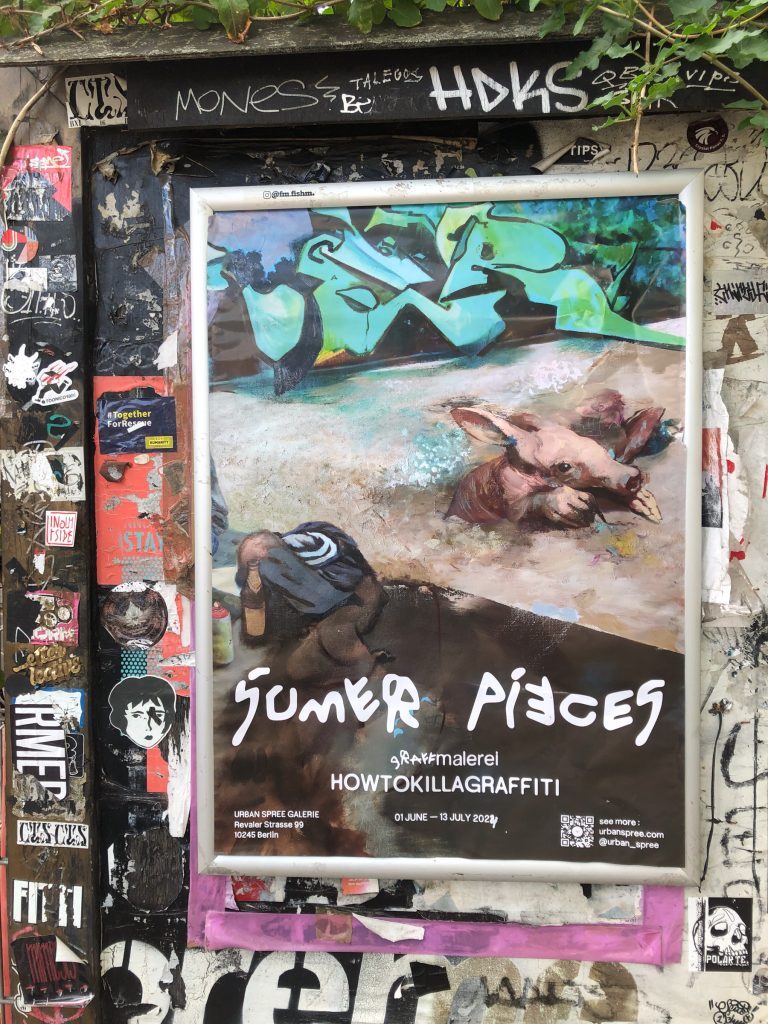

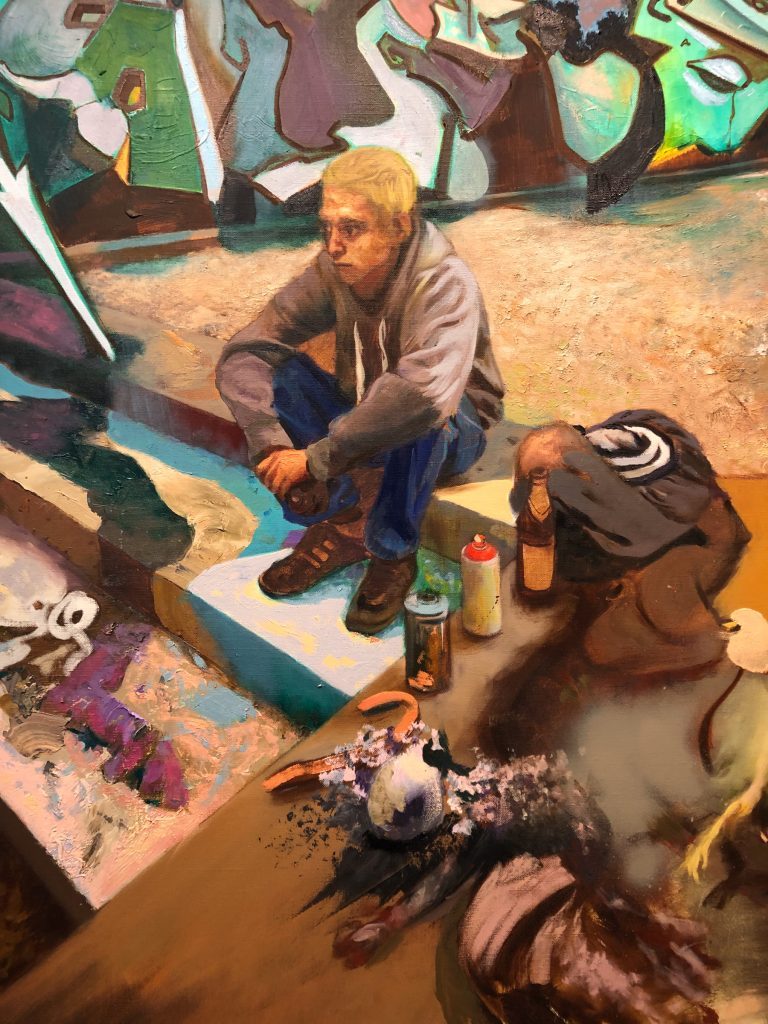
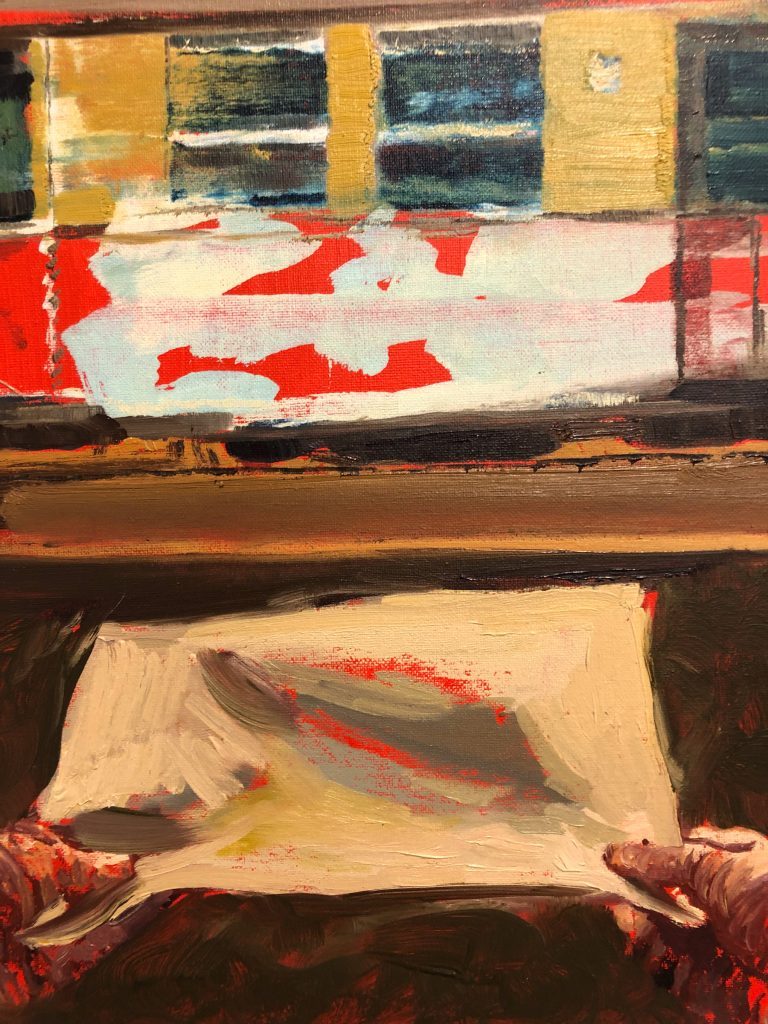
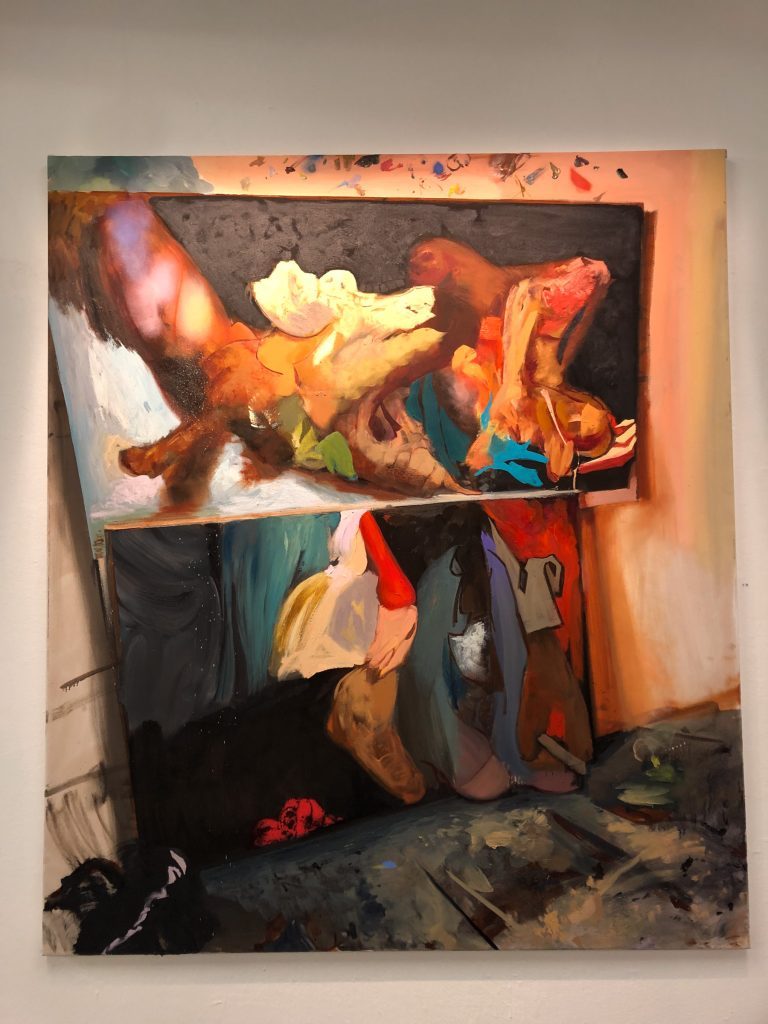
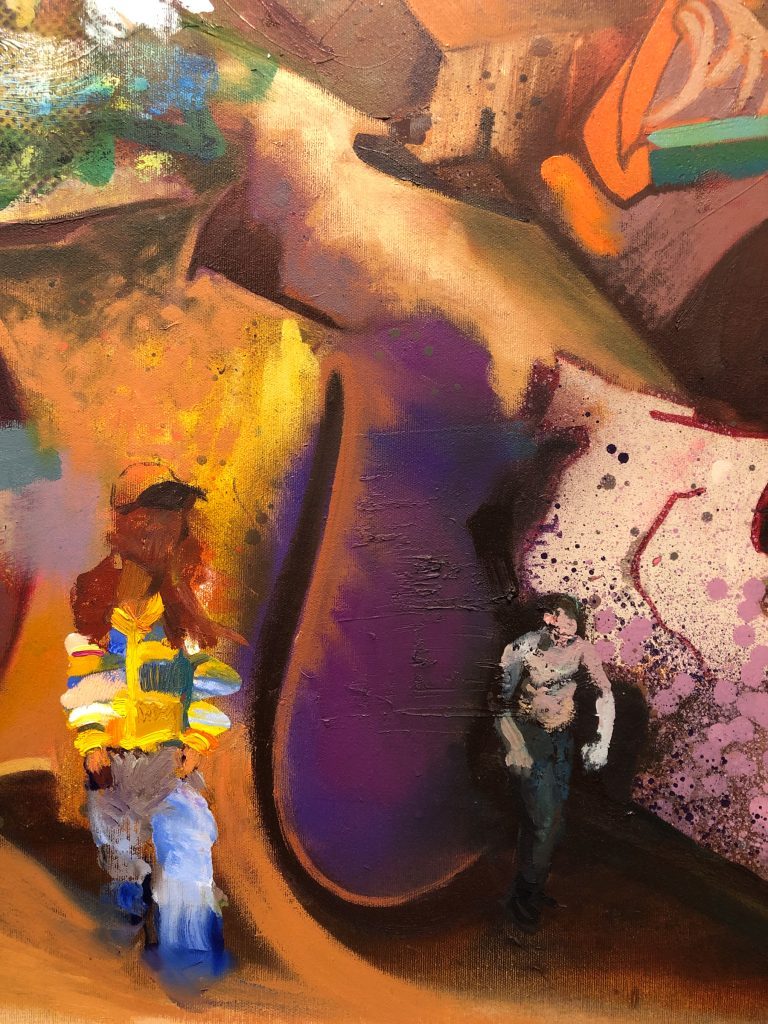
In his 3rd solo exhibition in Berlin, the Berlin painter Howtokillagraffiti presents new studio works created over several months in his studio at Urban Spree in 2023/2024. After his solo exhibition “Polyptychonsz” in the Urban Spree Gallery 2022 with monumental works, Howtokillagraffiti concentrates on smaller formats with oil and painting techniques with his graffpainting for “SUMER pieces” two years later. Based on his writer name SUMER, he draws on some of his personal experiences and thoughts about graffiti writing, painting and our society, which he has captured in a very personal statement (see below).
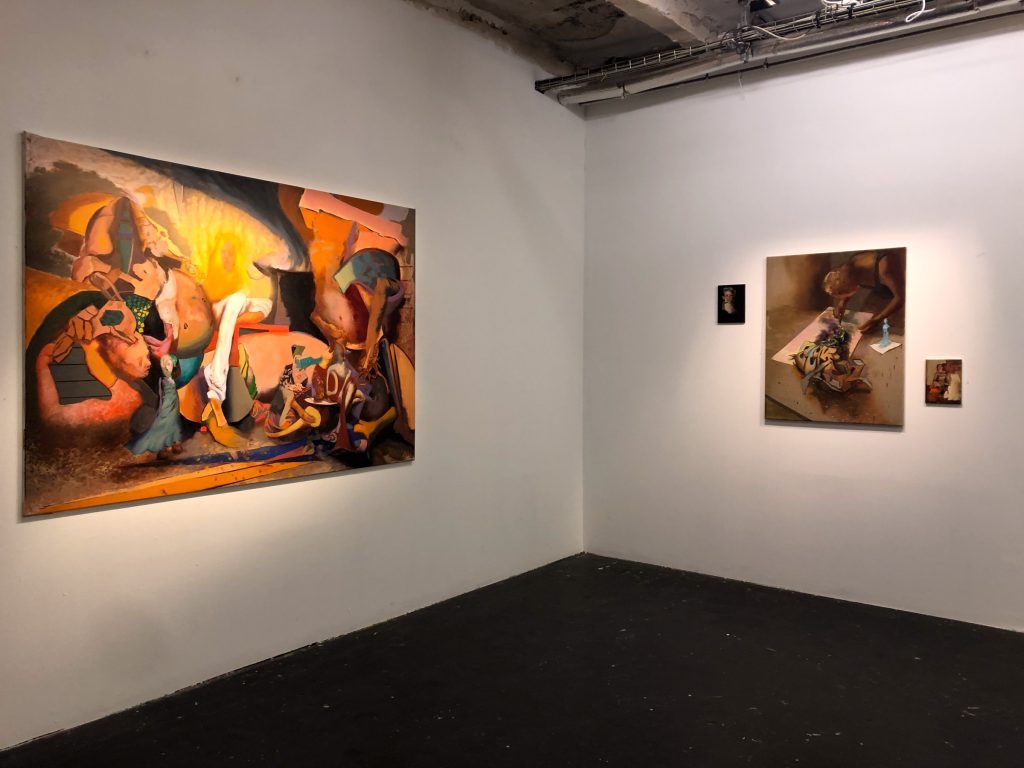
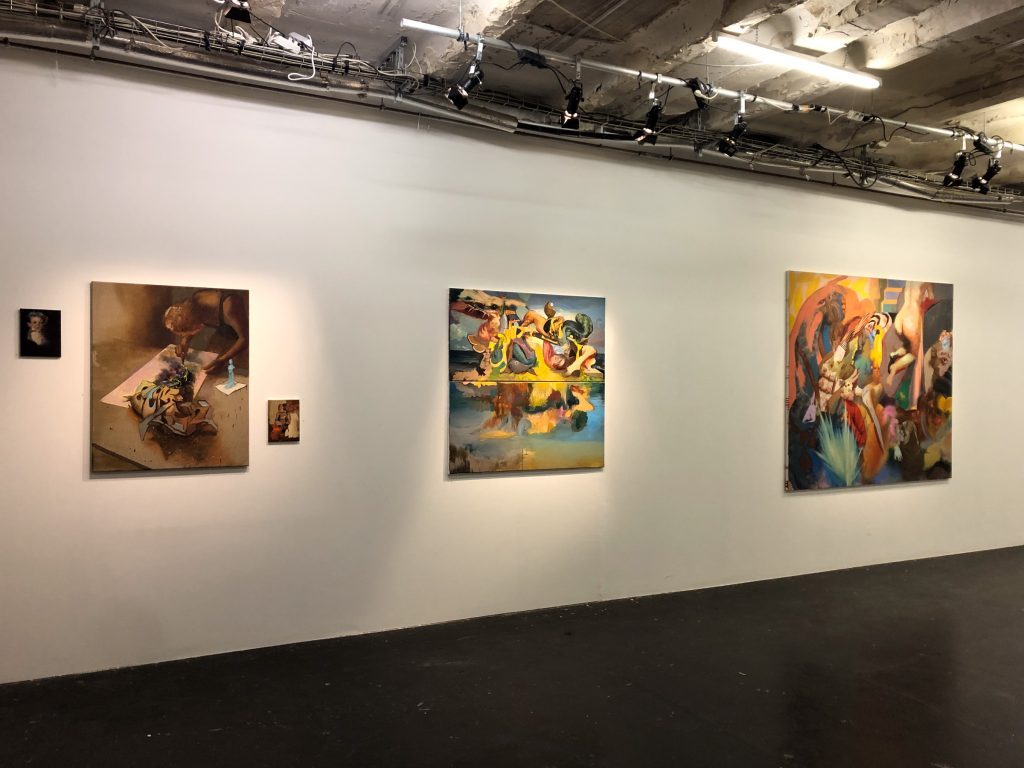
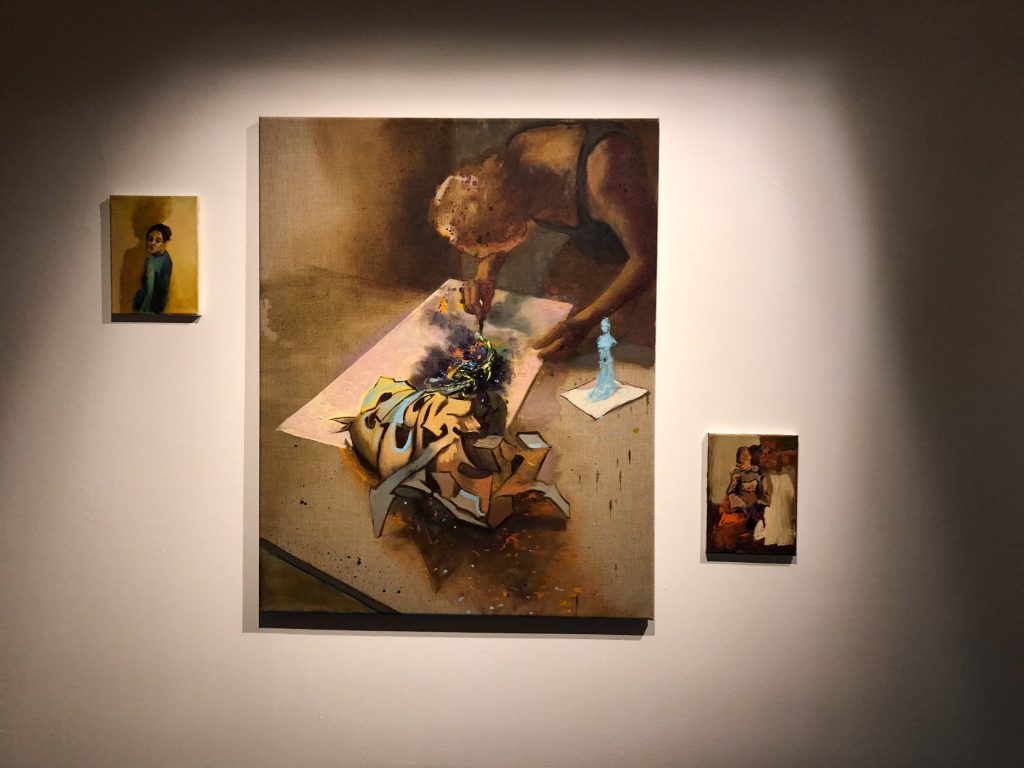
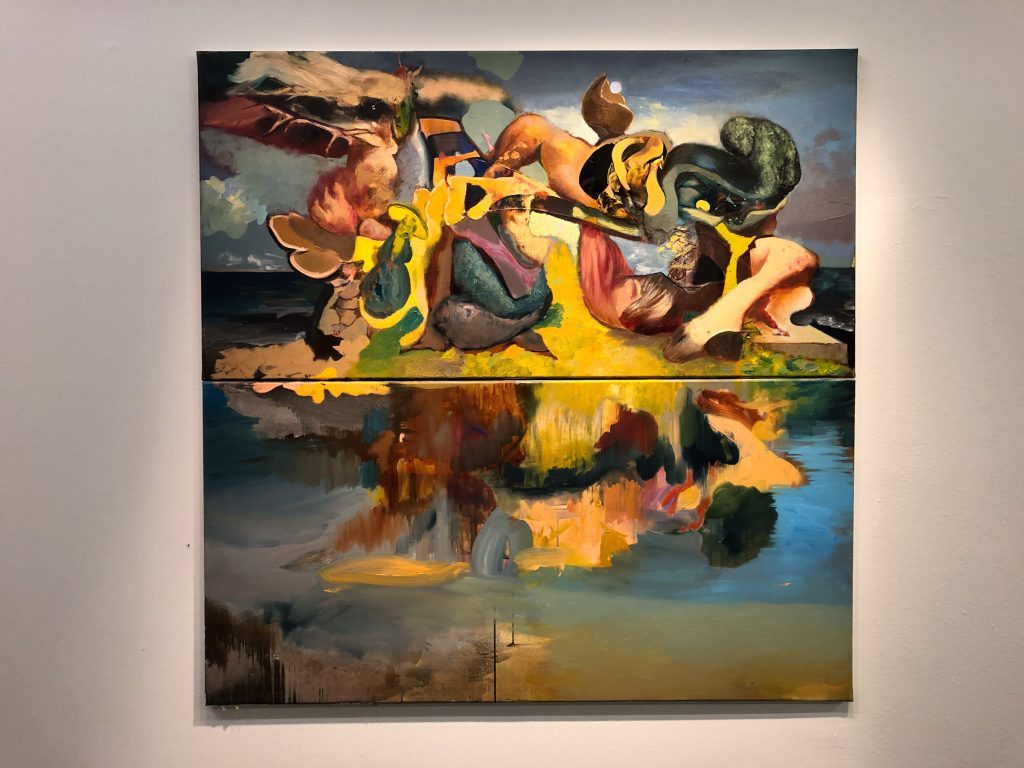
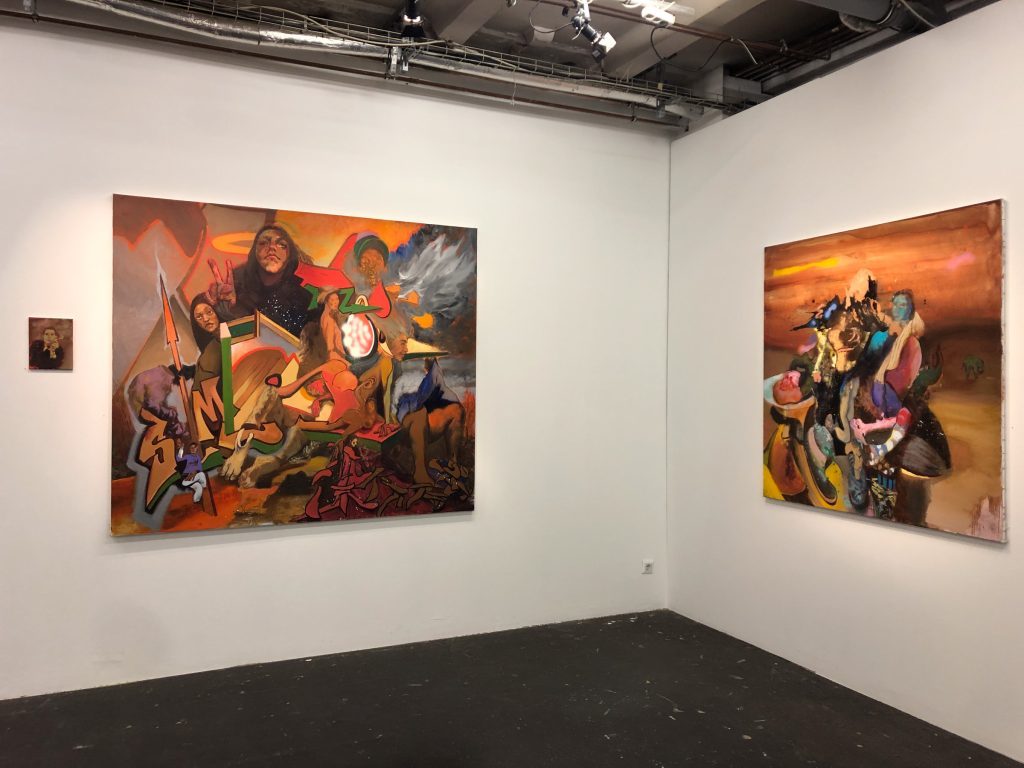
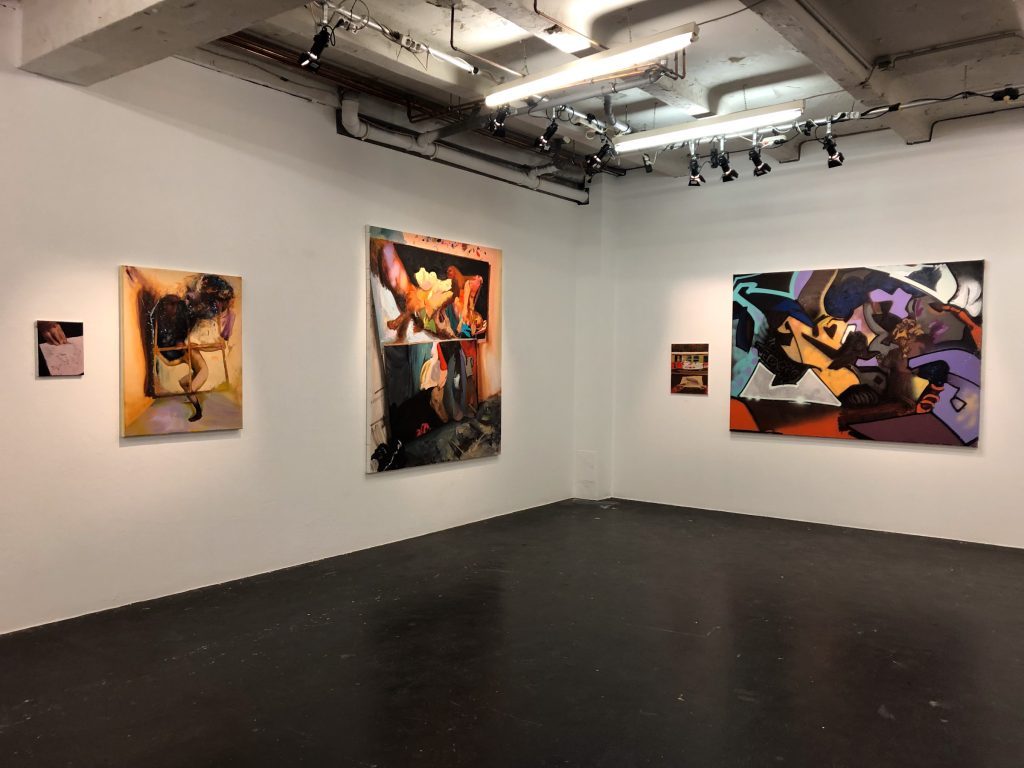
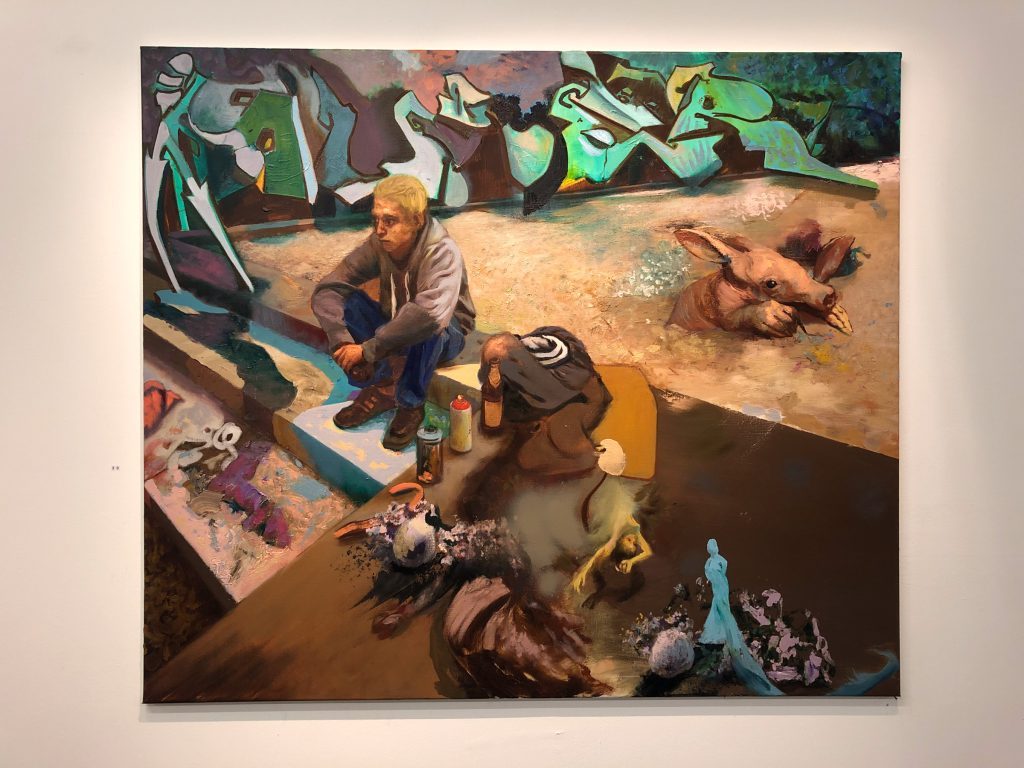

The new solo exhibition presents over 25 canvases created in the studio, as well as a linen measuring 3.40 by 10 metres, which he created outside on the wall of Urban Spree three days before the opening. Just as he usually paints his murals, i.e. spontaneously and freestyle with wall paint and spray paint in a few hours, the “Hallbild” was created outside and then moved into the interior, into the second exhibition room, the dark room of the gallery. In this way, he manages to integrate his wall painting into the exhibition context.
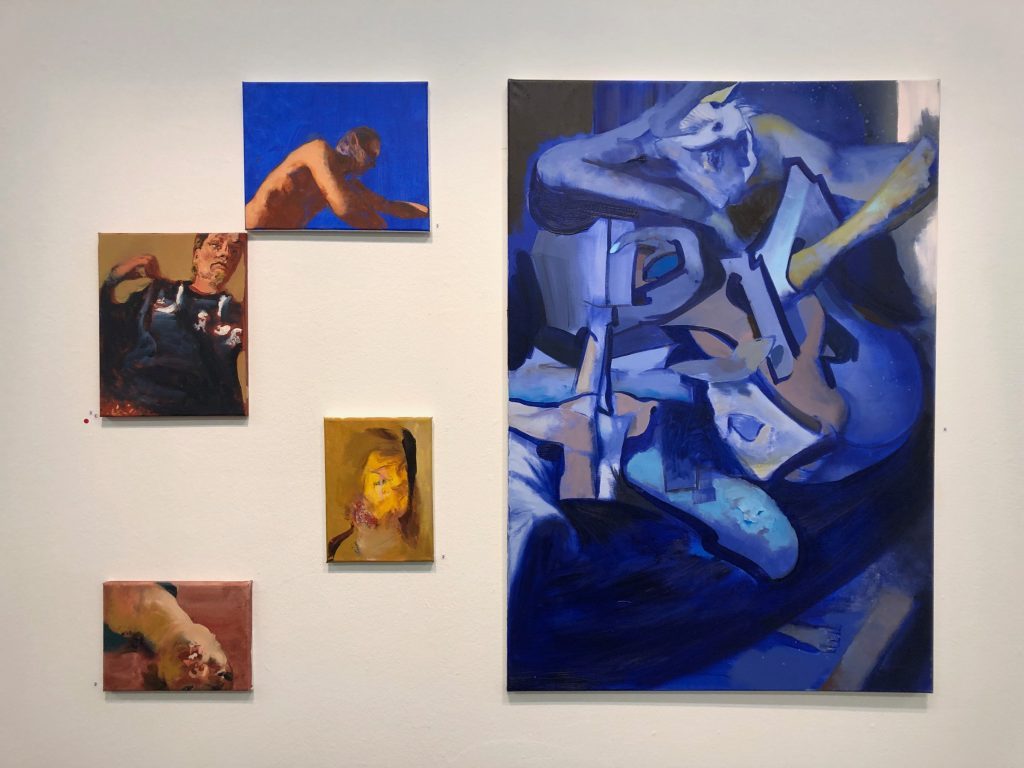
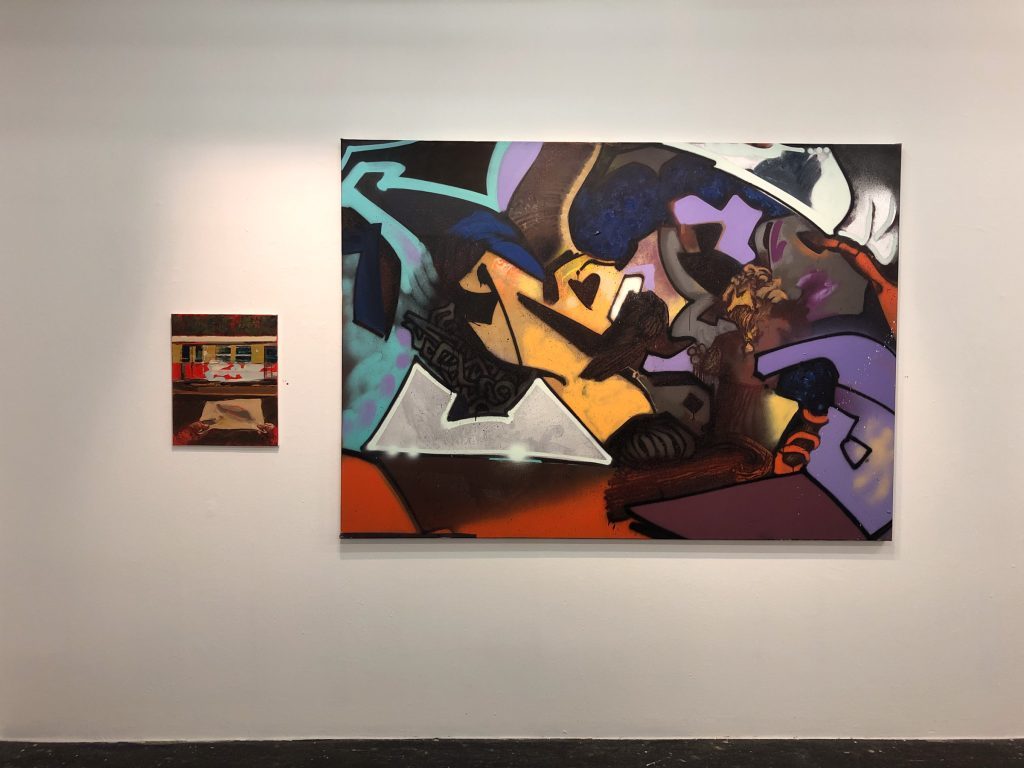
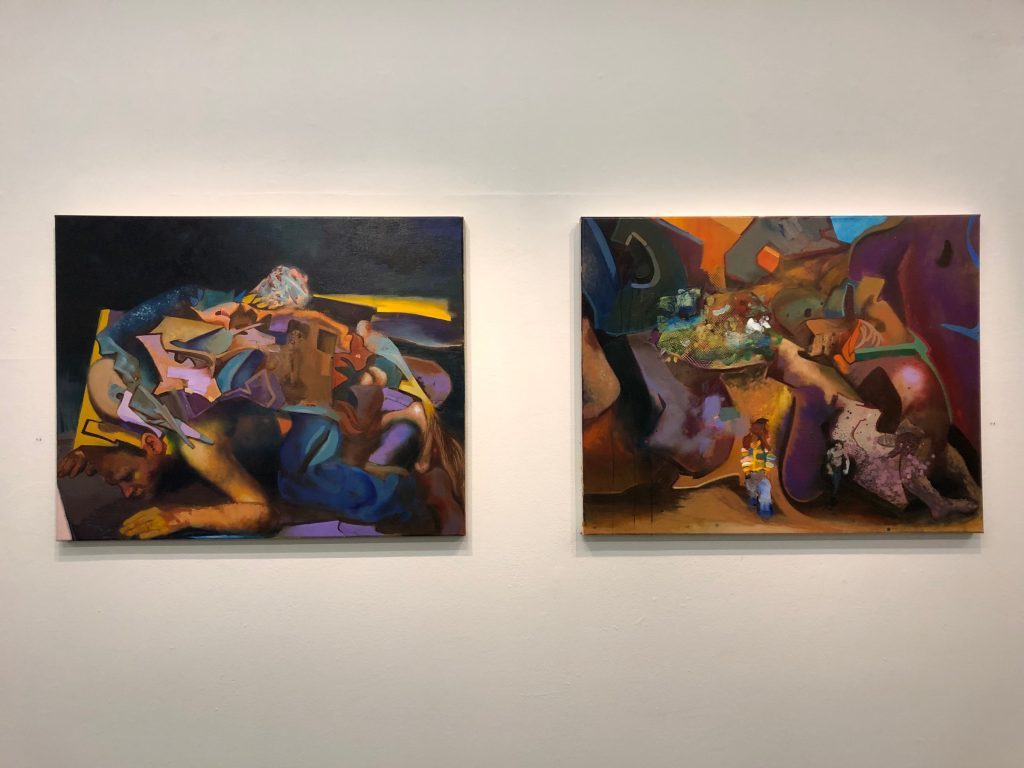
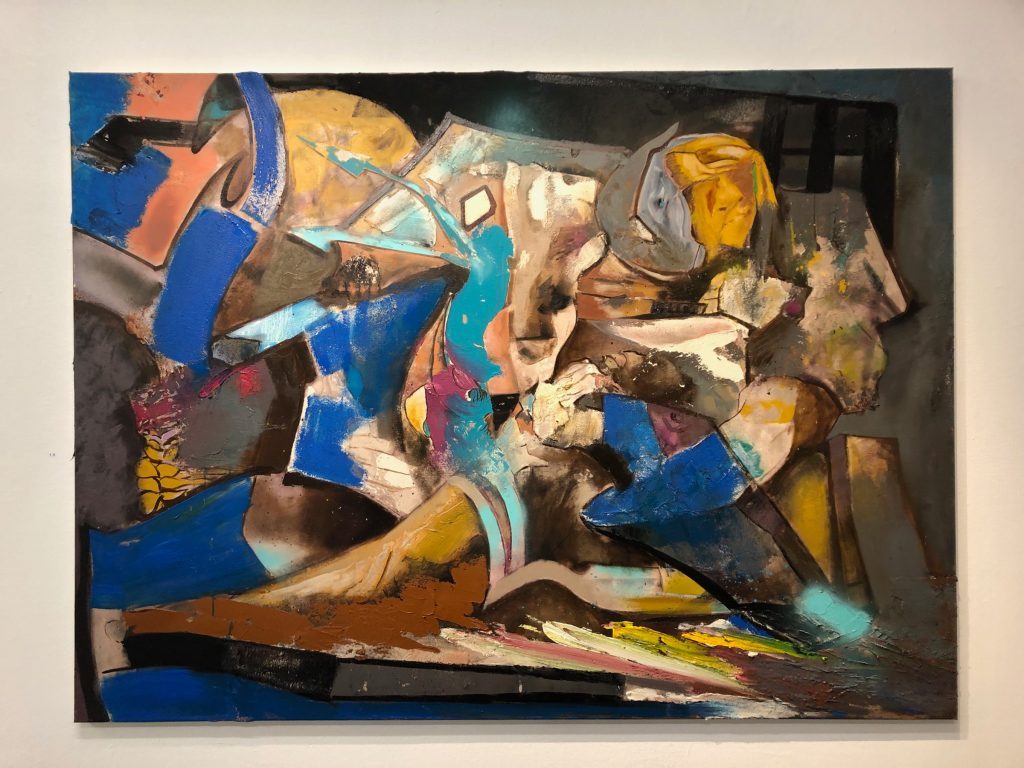
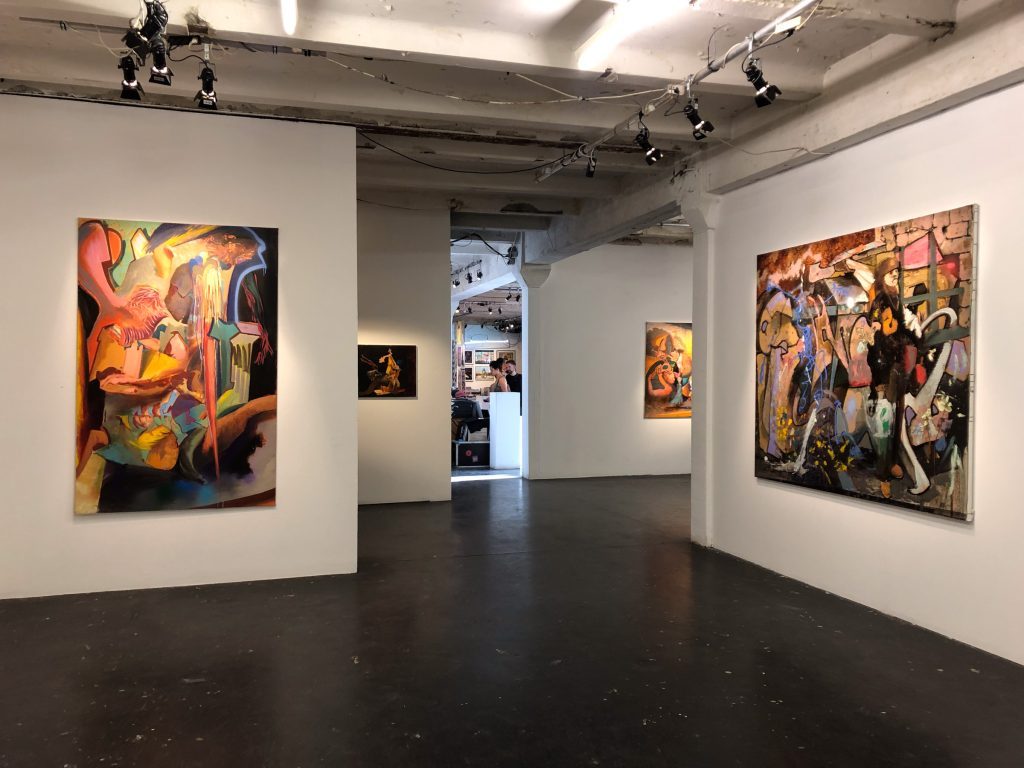
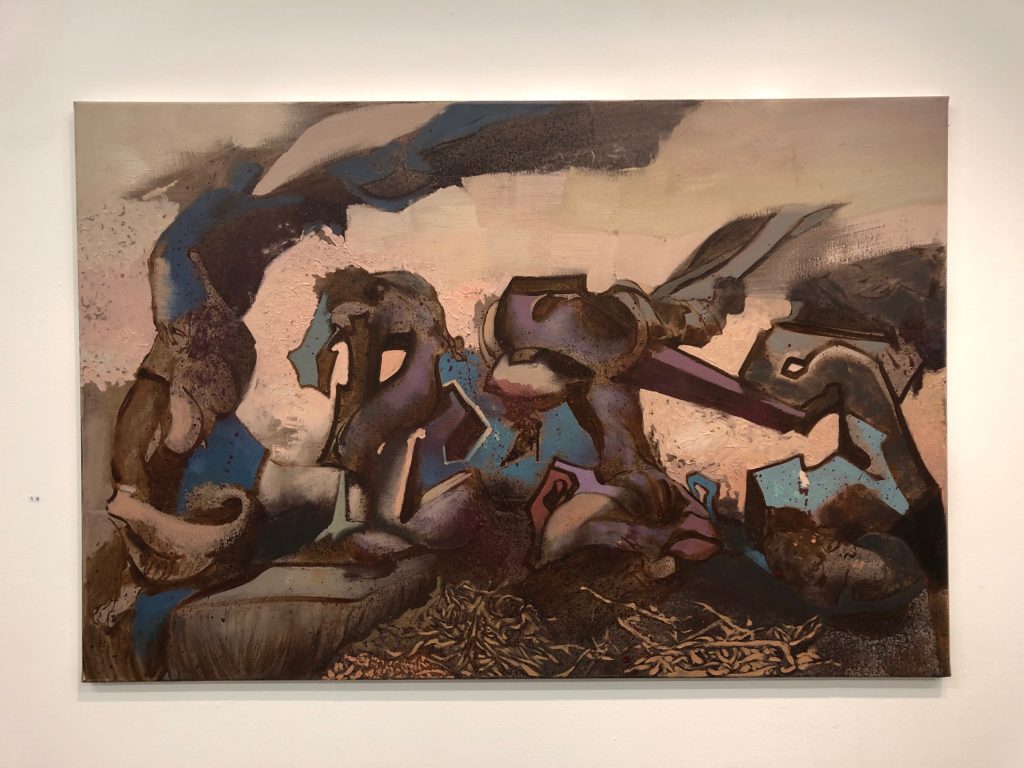
Howtokillagraffiti’s canvas works of oil painting next to and with aerosol – old master technique and modern modern wallpainting techniques-, his characteristic graffpainting, surprises this time in “SUMER pieces” with new formats and personal subjects, which are explained in his following statement:
SUMER Pieces (painting “Ostkreuz Kiesgrube/Malersau“)
Statement by HOWTOKILLAGRAFFITI aka SUMER

It is a triad of the realization that one lives in a world of complete injustices and that one’s effectiveness and agency are very limited. It marks the end of naive youth, in which one still has infinite will for change. From this overwhelm with the world, its cruelties, and the lack of self-efficacy comes the escape, an escapism into Sumer Paradise, to the Sumer Island. On this island, it is all about artistic engagement with painting. The artist engages with their process. That means I engaged with my process and, through flashbacks from summer to summer, I revisited the stages, with the development and process from graffiti to painting threading through the decades as a red line. The counteractions, the swings back and forth, the struggles and the symbioses. The conclusion: The result of this journey must be to paint graffiti with all the methods of painting. What paths are there back to the origin? Far back to the Sumerians. SUMER my first writer name! The 20th anniversary of my writer name SUMER! 20 years of SUMER under the dissection table of painting: impasto, old-masterly, completely sprayed, dotted with figures, overgrown, organically animated, coldly concreted. The series actually began with a commissioned work of a family portrait, where after the last show “Polyptychonsz“ at Urban Spree Gallery, I had to choose a small format because it was clear that it should go on a living room wall. And so I was forced to use a small brush on small canvases. Yes, that works too, and I found joy in it. I lived with the picture and kept painting on it, and in the meantime, small studies, oil sketches, portraits were created. During this time, I realized what a family portrait wants to say, what brings meaning, and what matters. What counts the tweets of the day that everyone gets worked up about, the new news from the trench war? In the past, family portraits were often religiously influenced, religion was replaced by neoliberal capitalism, which devours the soul through the cold hand of the market. So what makes a picture? What should it express? Then all worldly matters no longer matter, but the inner island: family, friendship, hobbies, love, and passion. It sounds macabre, like a detachment from the world, that may be the case, but it is a healing. Because you can’t rub against such a broken world daily. It is the search for the position between the absolute obedient person and the martyr who sacrifices himself for fighting the horrors of the world. And one must also admit that not everyone has the physical strength and mental resilience to do so. I don’t mean active activism, but already the daily engagement and suffering with the crises of the world. Nothing gets better if you do that permanently and go to ruin. So we return to the SUMER Island, the private, the personal. Like every pop star invariably says about every one of their albums: the most personal. Here, though, for real! My most personal pictures. I no longer tried, like in the last exhibition “Polyptychonsz“ with monumental pictures to capture the world, in tangles of world catchers, the big themes that one can only vaguely grasp. Instead, I went concretely into my material, my biography, the engagement with graffiti versus painting. After the family portrait, when I felt comfortable with the small format, I switched to a medium format. The first picture is called “Ostkreuz Kiesgrube/Malersau,” in memory of my favorite hall and corner at Ostkreuz S-Bahn station, the Wühlisch Hall aka playground, which unfortunately no longer exists because the writers, as always, made too much mess. And there I sit as my young self, beginning of summer. Summer always plays a big role for me in terms of new beginnings. Because after the cold, dark, depressive winter, comes the new beginning and the energy returns. So the word sound association with summer or Sommer is not accidental. And the inventors of writing. Sumer Pieces thus. Sumer pieces, snapshots from the writing career. Pieces assembled, various techniques into a conglomerate of creation. This picture shows a situation at the hall, he thinks: I can’t go on anymore with these rules of graffiti, the first lines, the filling, the 3D, the second, the shadow – I can no longer submit to the guidelines of graffiti. They suddenly became so present and so big. Although graffiti is also about escape, escapism in youth, as an adventure outside the rules of society. Still, in lawlessness, the scene met you with absolute regularity. Fuck a subculture with more guidelines and hierarchies than the state ministry, where have I landed. This is not my island. I am a person who then breaks very consistently and radically with things. And I knew, with the SUMER piece, I messed up the U, it looked like an L. I had no more cans, only a red one, and I was not even free enough to use the red to make a U-stroke. The red was for the second, that was certain. And then it became clear to me, I became sad: I am trapped, I am not free enough to use the can differently than intended. Then I decided: Kill it. Kill the rules. How to kill a graffiti? Out of love for graffiti and the process, rules must be broken. The realization: I have to have fun, even if others view it skeptically. This is my free time, I don’t want a work character. Graffiti has a strong work character: 1, 2, 3, 4 steps. Repetitive. So I became the painting pig, I waded through the gravel – the gravel of color, painting, the history of oil painting, especially oil, the most masterful form of painting, not the cheap plastic-like acrylic synthetic look, mimicking digital imagery. But the deep pit of juicy, luscious oil. And so the painting pig writes and paints like an aardvark through the soup, despite all resistance. “Do something proper,” it whispers from the surroundings. Moreover, I was rejected at the two art universities in Berlin, UDK and Weißensee – I specifically wanted to go there because of Professor Werner Liebmann. The portfolios were not good either. That means, resistance was there and I had to fight my way through, it took stubbornness. And not many initially understood and welcomed it, because it is a radical decision and many who are in the normal work cosmos see it differently. You don’t contribute to the social system. Then you are naturally dependent on the job center here and there, because you don’t make money with painting, unless you are a superstar. You are quickly considered a freeloader. Against that, you also have to stand up and still say: It is my life and my life is determined by painting! And I don’t give the system the cold tax for support, but try to give something back to society with the warm love (awkward sweat, laugh emoji) of painting. And I am not into capital anyway. I wouldn’t contribute anything big to the GDP anyway. Sorry Germany. Man, Germany, right? Fuck, I need a beer now, my head is buzzing with thoughts…Those were the thoughts going through the protagonist’s head, the blonde youth in the picture. Sadness spreads, and at the same time, the inkling of a realization, the unbridled new beginning comes. And so the painting pig digs through and through and comes to the tangle of figures: How to kill a graffiti. Post-Sumer style aka Johny Sumer. The result of an engagement with painting, with this exhibition „SUMER pieces“ trying to visualize the process: certain phases, thoughts, experiments. And that’s it. Enjoy!
urbanspree.com
instagram.com/howtokillagraffiti
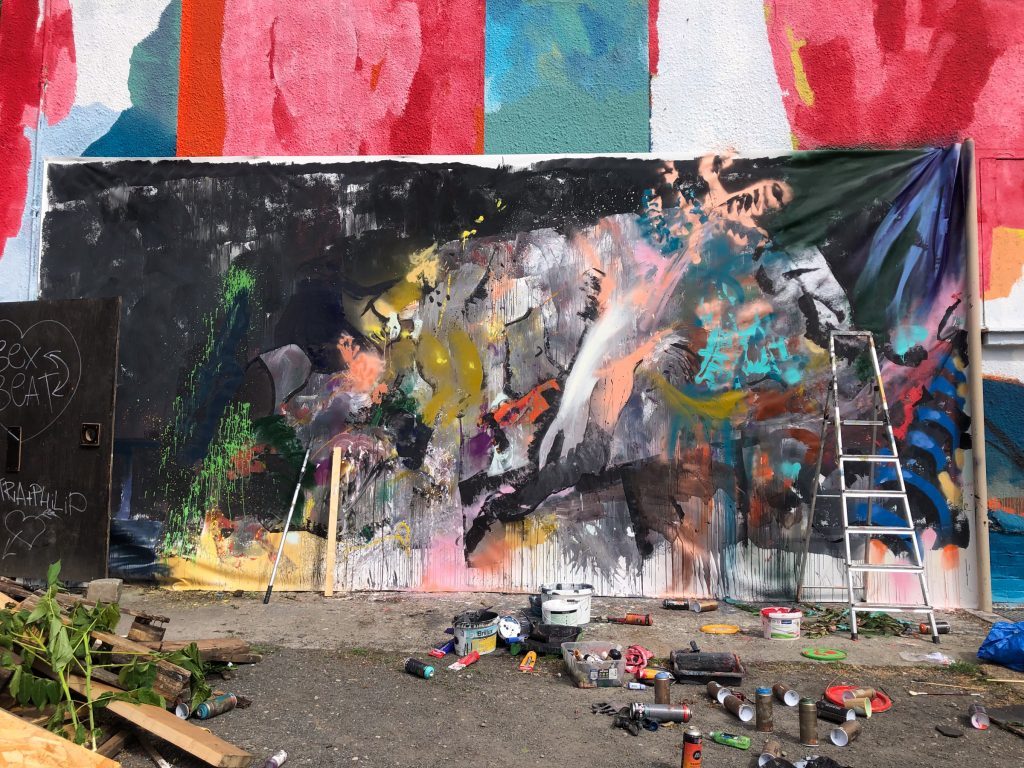
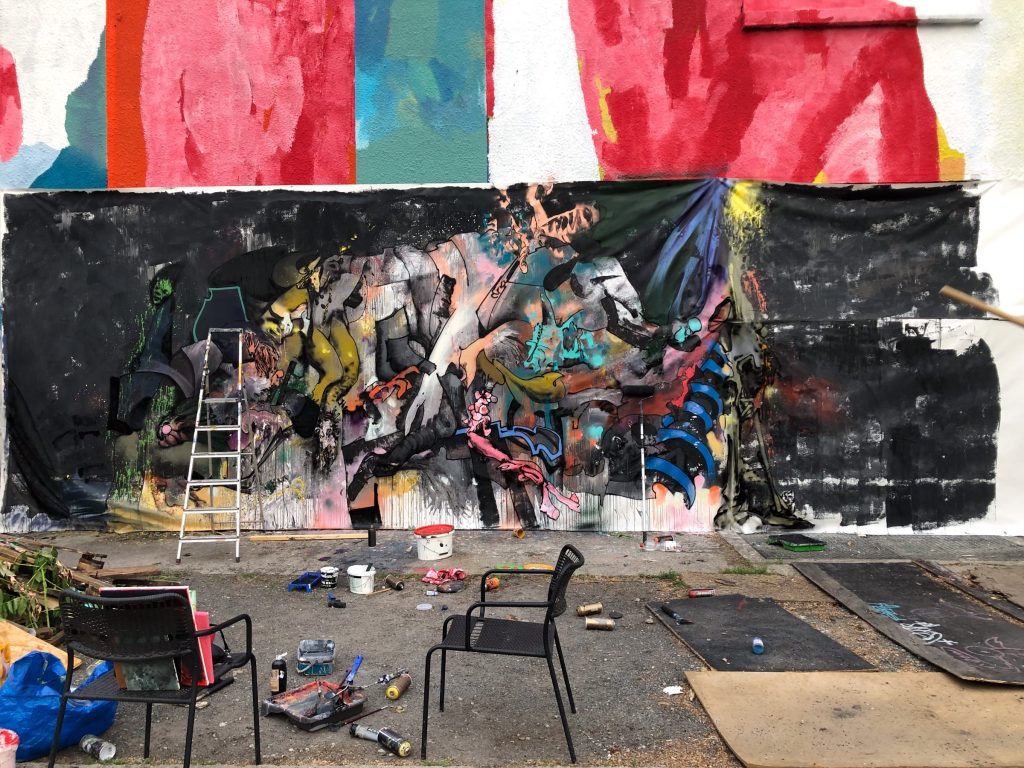
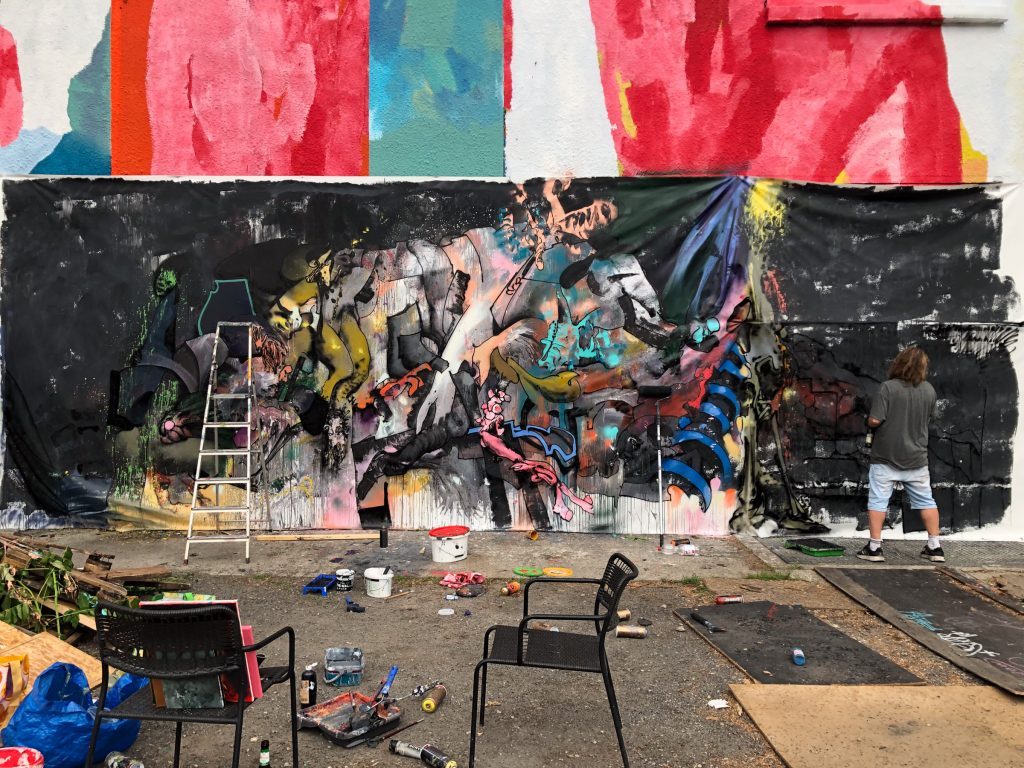
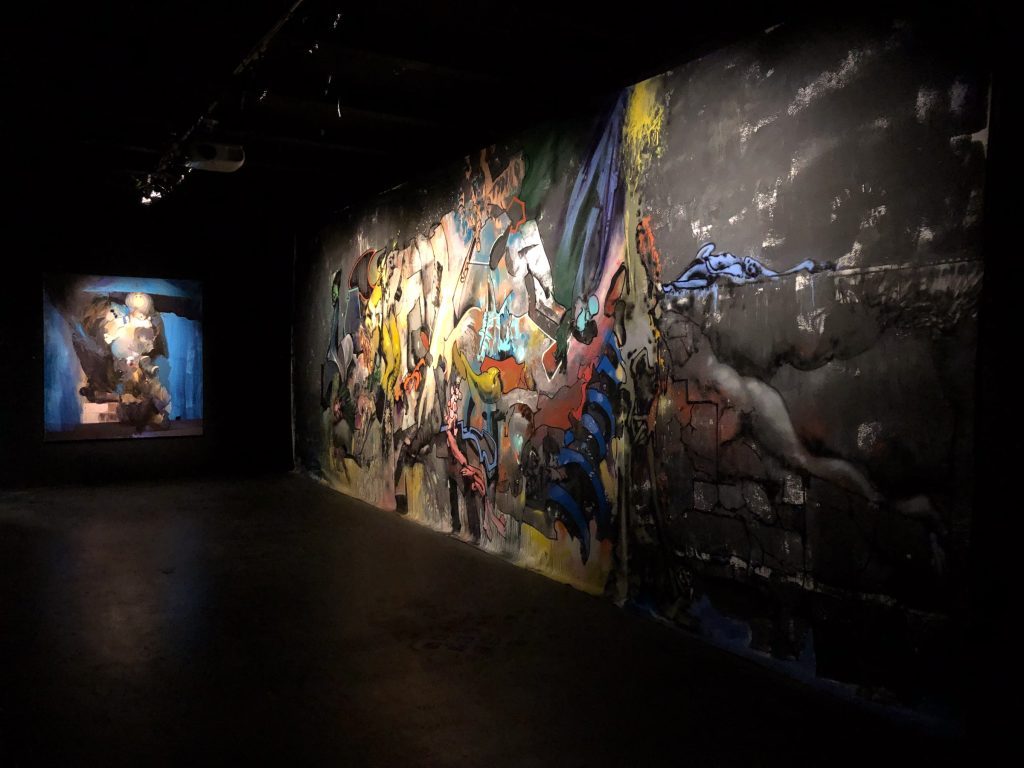

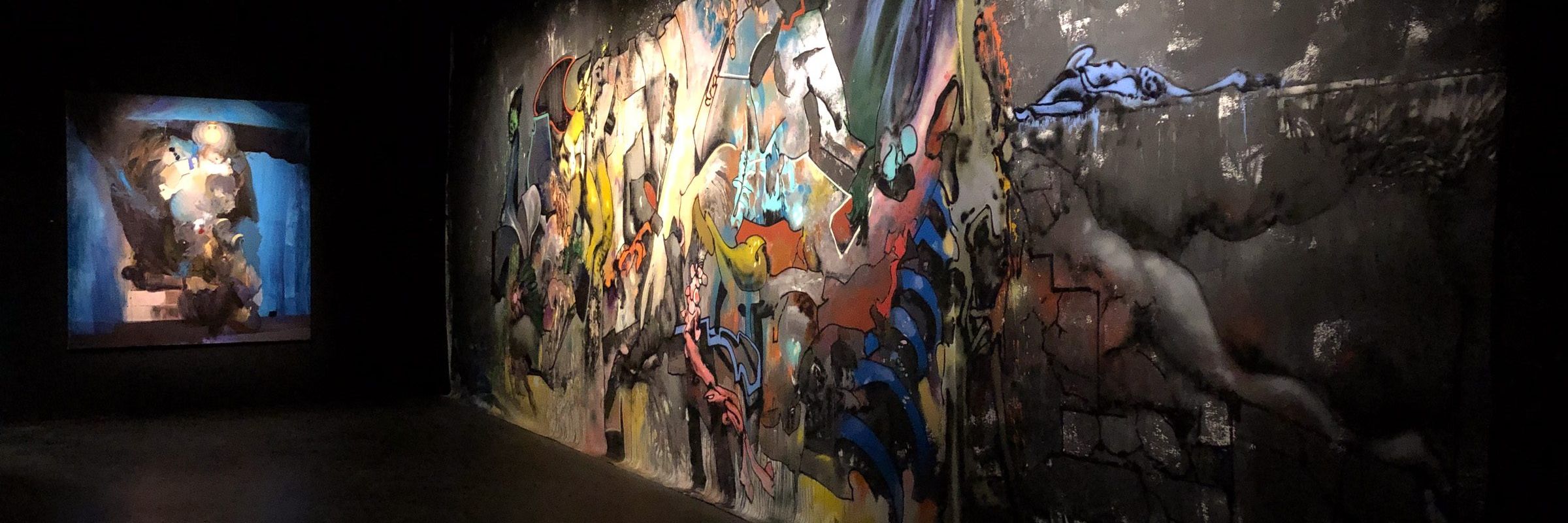
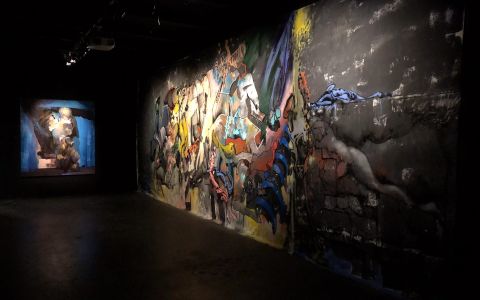
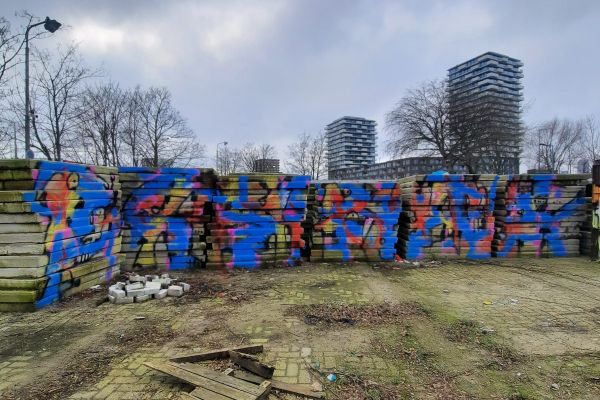
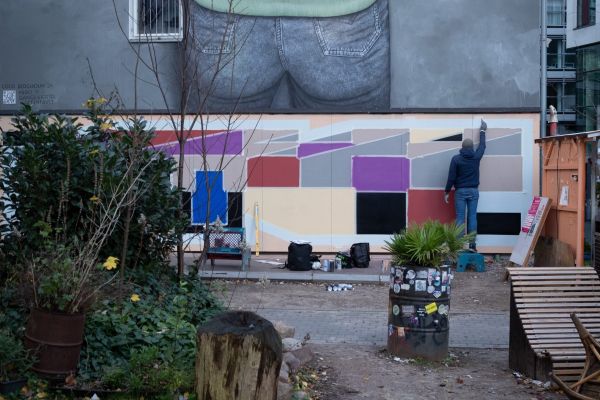
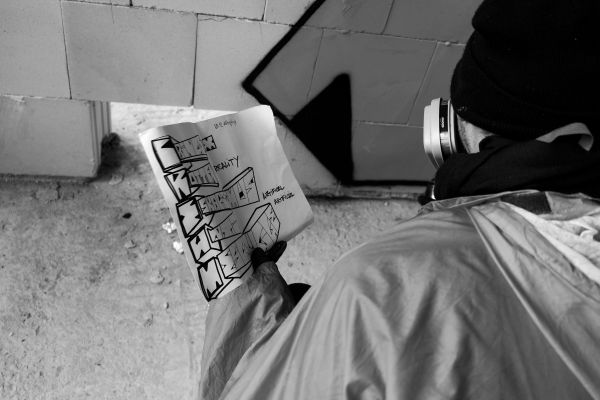
Leave a Reply